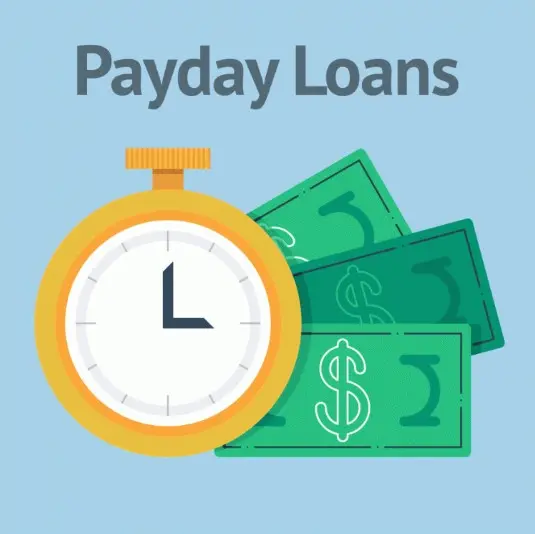In today’s financial landscape, borrowers have a multitude of options when it comes to sourcing loans. Two of the prominent types of lenders are payday loan direct lenders and traditional lenders. Both offer unique benefits and pose certain challenges. This article will delve into the core differences between these two lender types, helping potential borrowers make informed decisions. For those looking at payday loans with low APR, understanding these distinctions can significantly impact your borrowing experience.
Understanding Payday Loan Direct Lenders
Payday loan direct lenders are financial institutions or businesses that offer short-term loans, typically due on the borrower’s next payday. These lenders aim to provide quick access to cash, often with minimal paperwork and credit checks. The application process is usually straightforward, and funds can be made available within the same day or in a few hours.
Advantages of payday loan direct lenders include ease of access, quick approval processes, and flexibility. However, this convenience often comes at a premium – in the form of higher interest rates and fees. Payday loans are usually meant for emergency expenses, and their high APR (Annual Percentage Rate) can be a burden if not repaid on time.
Traditional Lenders: An Overview
Traditional lenders encompass banks, credit unions, and other established financial institutions offering a wide range of loan products. These lenders typically provide longer-term loans with lower interest rates compared to payday loans. Traditional lenders evaluate creditworthiness more rigorously, which can result in longer approval periods and more parameters for borrower qualification.
The advantage with traditional lenders lies in the potentially lower cost over time due to reduced interest rates and the variety of financial products available, which can be tailored to different borrower needs. However, the downside is the more stringent qualification criteria and possibly slower approval timelines.
Key Differences between Payday Loan Direct Lenders and Traditional Lenders
Speed and Accessibility
One of the most significant differences lies in the speed and accessibility of funds. Payday loan direct lenders often deliver funds quickly, making them viable for emergencies. In contrast, traditional lenders require more thorough checks and documentation, translating to longer waiting periods for borrowers.
Interest Rates and Fees
Interest rates are a prominent differentiator, with payday loans typically commanding higher rates compared to loans from traditional lenders. These higher rates account for the increased risk taken by lending to borrowers with potentially lesser creditworthiness, as well as the short-term nature of the loans.
Repayment Terms
Payday loans usually require repayment in full by the borrower’s next payday, making them short-term solutions. On the other hand, traditional loans offer more extended payment plans that can be more manageable for long-term financial planning but require consistent payments over months or years.
Application Process
The application process with payday loan direct lenders is streamlined with minimal paperwork, often needing just proof of income, age, and residency. Traditional lenders, however, perform an exhaustive assessment of financial history, credit score, and a detailed review of the borrower’s capability to repay the loan.
Final Thoughts
Choosing between payday loan direct lenders and traditional lenders often depends on your immediate financial needs, credit history, and repayment ability. If quick access to funds with less stringent qualification criteria is essential, payday loans might be the suitable choice albeit at a higher cost. Conversely, if you have time and can meet the stricter requirements, traditional loans might offer a more economical long-term solution. It is crucial to evaluate both options, considering their implications on your financial health, before committing to a loan.
By understanding these key differences, borrowers can better navigate the complex financial market, ensuring they select the most appropriate lending option for their unique situation.
Also Read-How PCB Design and Assembly Drive Technological Innovation
